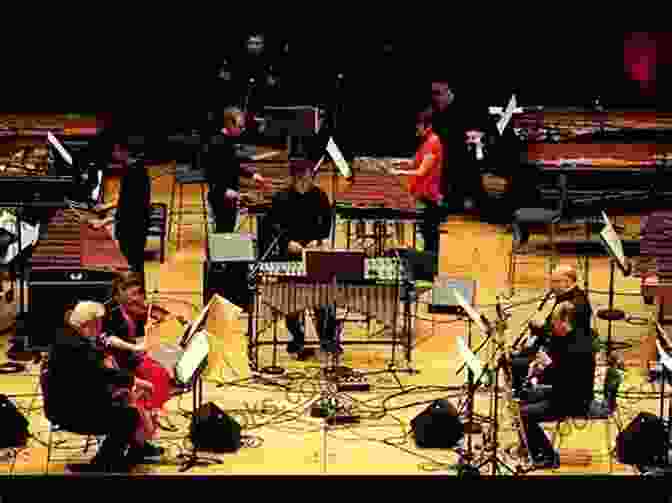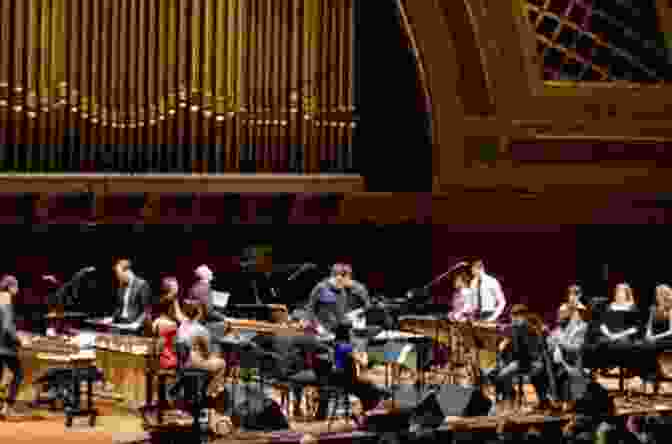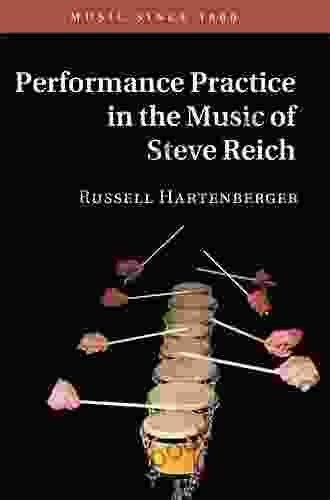Steve Reich, a pioneering American composer, has left an indelible mark on the contemporary music landscape with his groundbreaking minimalist compositions. His intricate rhythmic structures, hypnotic repetitions, and unique use of tape loops have captivated audiences worldwide. "Performance Practice in the Music of Steve Reich" delves into the complexities of performing Reich's music, offering an in-depth analysis of his techniques and a comprehensive guide to their precise execution.
5 out of 5
| Language | : | English |
| File size | : | 10393 KB |
| Text-to-Speech | : | Enabled |
| Screen Reader | : | Supported |
| Enhanced typesetting | : | Enabled |
| Word Wise | : | Enabled |
| Print length | : | 284 pages |
Chapter 1: The Genesis of Minimalism
This chapter traces the evolution of minimalism, from its early influences in experimental music and African drumming to its emergence as a distinct artistic movement. Reich's pivotal role in shaping this style is explored, highlighting his experimentation with phase shifting and the use of tape loops to create immersive sonic experiences.
Chapter 2: Rhythmic Precision and Ensemble Synchronization
Reich's music demands an exceptional level of rhythmic accuracy and ensemble cohesion. This chapter dissects his intricate rhythmic patterns, explaining the importance of subdivision, tuplets, and polyrhythms. Performers are provided with detailed instructions on achieving precise synchronization, essential for capturing the hypnotic quality of his compositions.

Chapter 3: The Art of Looping and Electronic Manipulation
Tape loops play a pivotal role in Reich's music, creating the mesmerizing repetitions and shifting textures that define his sound. This chapter examines the techniques involved in creating and manipulating loops, from the initial recording to the use of phasing and delay effects. Performers learn how to recreate the sonic landscapes that have become synonymous with Reich's compositions.

Chapter 4: Extended Techniques and Sound Exploration
Reich's music extends beyond conventional instrumental techniques. This chapter investigates the use of extended techniques, such as vocalization, hand clapping, and the exploration of unusual instruments. Performers are guided through these unique techniques, enabling them to fully embrace the expressive capabilities of Reich's compositions.

Chapter 5: Interpretation and Historical Context
Performance practice is not merely about technical proficiency; it also involves understanding the musical context and the composer's intentions. This chapter delves into the historical influences that shaped Reich's music, analyzing the cultural and political events that provided inspiration. Performers gain insights into the deeper meanings and expressive qualities of Reich's compositions, enabling them to create meaningful and authentic interpretations.
Chapter 6: Engaging Repertoire and Performance Analysis
The final chapter offers a detailed analysis of specific Reich works, showcasing the application of the performance practices discussed throughout the book. Excerpts from pieces such as "Clapping Music," "Music for 18 Musicians," and "Different Trains" are examined, providing performers with practical examples and guidance for successful interpretations.
"Performance Practice in the Music of Steve Reich" is an indispensable resource for musicians, educators, and music enthusiasts seeking a comprehensive understanding of this iconic composer's music. With its meticulous analysis, detailed instructions, and historical insights, this book empowers performers to unlock the complexities of Reich's sonic tapestries, creating captivating and authentic performances that resonate with audiences worldwide.


























































































